Film Name:海王 / Aquaman
This weekend, “Aquaman” has been a massive hit. Almost everyone I know who’s seen it has praised it, and I too was captivated by the film’s stunning visuals and epic scale—its soaring box office success speaks volumes.
Director James Wan is remarkably shrewd, skillfully masking the film’s flaws and shortcomings while filling the gaps with dazzling, adrenaline-fueled sequences. He knows exactly what audiences crave.
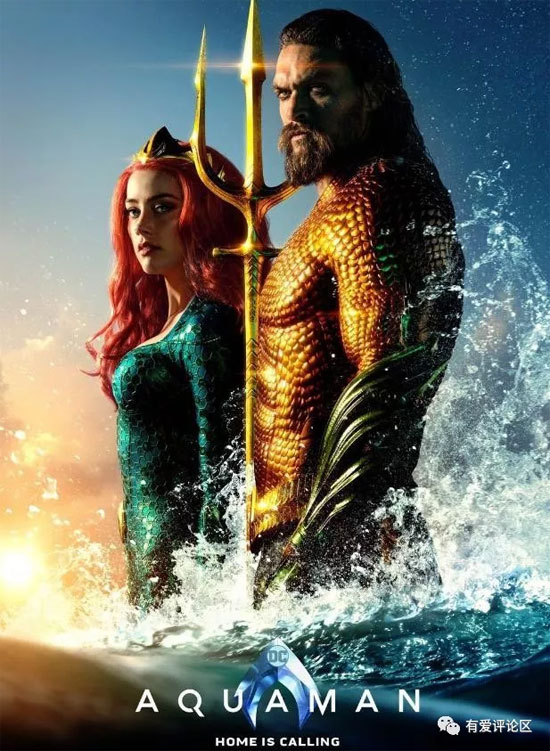
While the film boasts many strengths, what stands out most to me is its “starting low and ending high” approach: it excels at everything it sets out to do, yet maintains a surface-level restraint. Within this context, after over two hours of relentless spectacle, audiences naturally (and universally) walk away pleasantly surprised.
[Friendly reminder: Spoilers ahead.]
When it comes to Aquaman’s greatest strength, the vibrant and diverse “ocean world” setting undoubtedly takes the top spot.
Throughout history, sci-fi and fantasy films that authentically depict unknown “underwater civilizations” have been few and far between, with truly well-executed examples being rare as hen’s teeth… Aquaman not only pulls it off, but delivers it in substantial measure—throwing seven kingdoms right at you.
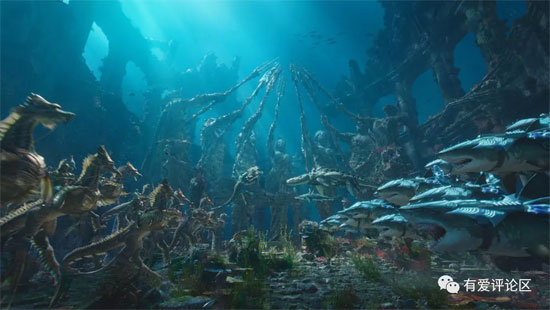
This isn’t just playing with a gimmicky concept—it’s truly building this fictional world from the ground up: the ancient ruins where the Seven Kings once swore their oaths; Atlantis, blending futuristic sci-fi aesthetics with primordial history; the Trench Kingdom, radiating a raw, primal energy; the Saltwater Kingdom and Fishermen’s Kingdom, teeming with strange beings and phenomena; the lost world where the legendary sea monster Kraken guards the trident…
Moreover, “Aquaman” meticulously crafts this world from macro to micro levels. Beyond marine life, the ocean floor is littered with sunken ships and shipping containers, collectively forming a kaleidoscope of underwater light and shadow (also hinting at the film’s theme of oceanic and terrestrial civilizations co-creating a new world).
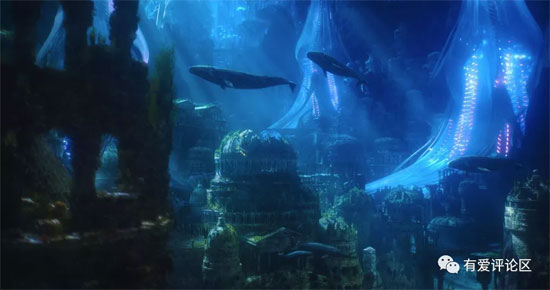
Simultaneously, the film convincingly portrays the daily lives of its intelligent aquatic inhabitants: everyone swims rather than walks, every movement conveys the resistance of water, and larger actions produce visible currents and bubbles. Verbal communication features sound effects that mimic the propagation of sound underwater.
Don’t underestimate these subtle touches (though they form the foundation of the film’s believable details)—the most iconic example being Arthur and Orm’s first duel. This “sea battle” fully captures a texture distinct from “land battles” or “air battles,” where attacks and defenses appear slow yet are actually swift, and combat techniques embody the essence of “using minimal force to achieve maximum effect.”
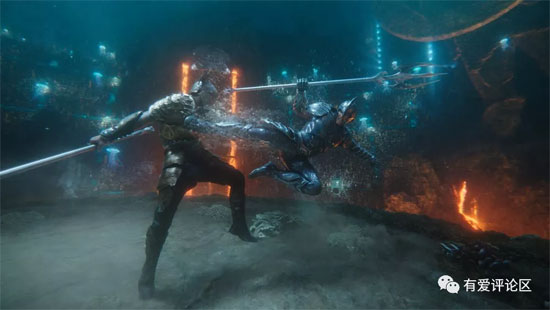
Interestingly, “Aquaman” also employs a “reverse logic” approach to this setting.
Not everyone can breathe underwater or on land, leading to scenes of oceanic soldiers emerging ashore encased in protective suits. Without water, they risk suffocation from oxygen deprivation—best exemplified by Mera’s elite warriors under Black Manta. These characters provide the film with uniquely compelling moments and comedic relief.
Another standout is Aquaman’s casting and design choices, which significantly contributed to the film’s success. While James Wan’s go-to leading man Patrick Wilson delivers as expected, the real showstopper is Jason Momoa’s portrayal of Arthur.
After Justice League, doubts about Jason Momoa’s casting as Aquaman had already subsided considerably… and following this solo film’s release, many fans are now cheering enthusiastically.

The film completely reimagines Arthur’s comic book persona as a blond muscle-bound hunk, instead casting him down a path of unkempt ruggedness: disheveled to the point of being downright scruffy (and stinky), perpetually shirtless to flaunt his robust physique, quick to settle disputes with his fists, and ready to throw down at the drop of a hat… Just when you thought tough-guy icons like Schwarzenegger and Stallone had fallen out of favor, Jason proves with his performance that “muscle-bound heroes” still have a huge market.
Nicole Kidman as Queen Atlanna is another story altogether. Not everyone can pull off a “youthful vibe” past fifty…
And Amber Heard’s Mera? Well, that’s another story altogether.
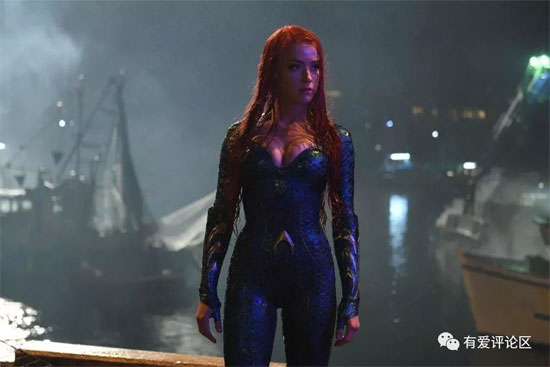
In the opening scenes, Mera appears in a “wet look”—a form-fitting bodysuit hugging her curvaceous figure, paired with fiery red hair. Calling it ‘sexy’ is an understatement; even if someone bluntly said it had a “strong porn vibe,” I wouldn’t disagree…
Fortunately, director James Wan understands the art of restraint. After firmly capturing the audience’s attention with sensuality, he gradually reveals Mera’s multifaceted nature through different costumes and settings—regal and elegant, bold and fiery, innocent and charming, intelligent and courageous… the list goes on.
Of course, all this is merely the surface of “Aquaman.” What many care about most is the story.
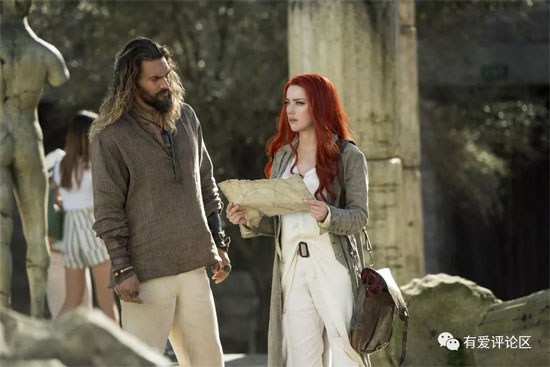
Truth be told, Aquaman’s plot still has its flaws—some inconsistencies and awkward transitions that plague many blockbusters. But the film mitigates these issues through tight pacing and relentless action sequences, redirecting attention before viewers grow impatient.
Instead, it delivers extended sequences of novel thrills and spectacle: a claustrophobic submarine brawl against pirates, a frantic chase through an undersea palace, a treasure hunt across a barren desert, a desperate battle for survival in an Italian-style town, a harrowing fight for escape through a terrifying trench, a fierce scramble for the divine scepter at the throne of the former king, a fierce naval battle in the deep sea, and a decisive duel on the ocean surface… …
The film packs numerous popular elements and genre strengths into pivotal moments, making it impossible to look away.

No wonder many viewers say Aquaman has a distinct sense of déjà vu reminiscent of The Lord of the Rings, Star Wars prequels, Finding Nemo, Raiders of the Lost Ark, The Matrix, Alien, Wrath of the Titans, and other films… While I don’t think such direct comparisons are entirely fair, it does show that Aquaman has at least mastered the “surface-level aesthetics” of many classic films—which is a compliment in itself.
Though these elements are certainly visually satisfying, what resonated most deeply with me was the pure “poise” radiating from Aquaman.
“I’m just a small-time guy.”
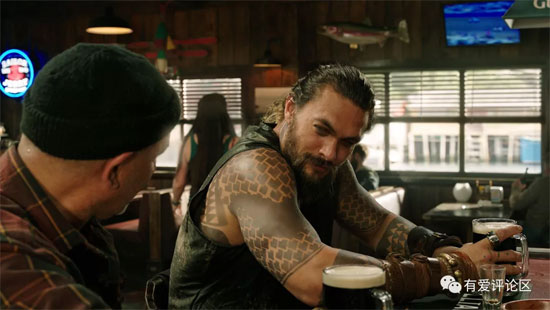
Arthur is the half-human, half-Atlantean son of a queen. Gifted from birth and trained by Vulko… yet as an adult, he possesses little extraordinary aura. After helping others, he hides his deeds and fame. His primary duty remains caring for his devoted father.
A prodigy with royal lineage and dragon-slaying prowess, yet constrained by self-doubt and pointless nonconformity—his lofty origins led to a modest outcome. Compared to the DCEU’s earlier heroes, weighed down by bitterness, caution, and rigid innocence, Arthur felt undeniably more relatable.
Truthfully, such character archetypes are commonplace, with formulas that often run dry, easily veering into pretentiousness… Fortunately, Arthur avoids this pitfall of “feeling fake.”
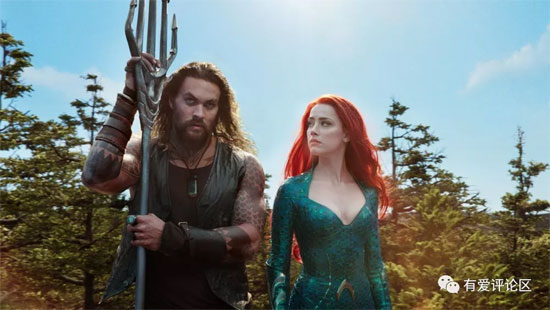
On one hand, Arthur genuinely finds contentment in his present life: “The weapons my mother left me are enough. I have no desire to be some bloody king. Why can’t you people just appreciate what you have?” On the other hand, Arthur isn’t blindly rejecting the responsibilities his Atlantean heritage imposes. “If war breaks out between land and sea, Dad won’t be safe either. I’ll go with you. If I can’t beat my brother, I’ll run. I have to take the trident to escape this alternate dimension…”
Throughout this forced maturation, Arthur never develops an air of superiority or heavy-handed ideological baggage (meaning he never distances himself from the audience). Paired with his reckless, blunt, and somewhat carefree personality, this completes the likable “Aquaman.”
It’s like when a talented person gets egged on by classmates or coworkers to perform on stage. They might politely decline at first, but with a little encouragement, they step up without arrogance or self-pity—carrying themselves with grace and confidence. It’s hard not to root for someone like that.
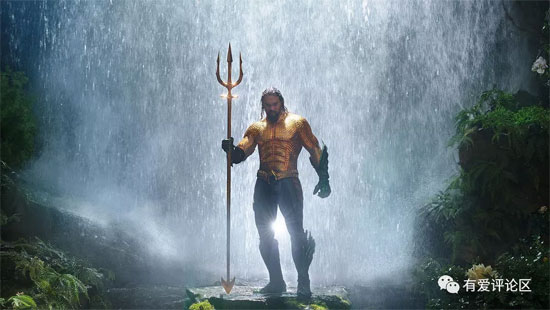
In truth, Arthur’s mindset and demeanor also reflect the attitude of the film Aquaman and its director James Wan: throughout production, they never succumbed to slogans like “Save the DCEU!” or “Revive the DCEU!” Instead, they focused solely on crafting the film, maintaining a humble stance and letting the work speak for itself. The recent wave of praise only emerged during its theatrical run… “Work with ambition, live with humility”—this embodies that philosophy perfectly.
I believe it’s precisely this approach that has earned Aquaman such widespread acclaim and universal appeal.
Please specify:Anime Phone Cases » Aquaman 海王 2018 Film Review: Act with high visibility, live with low profile